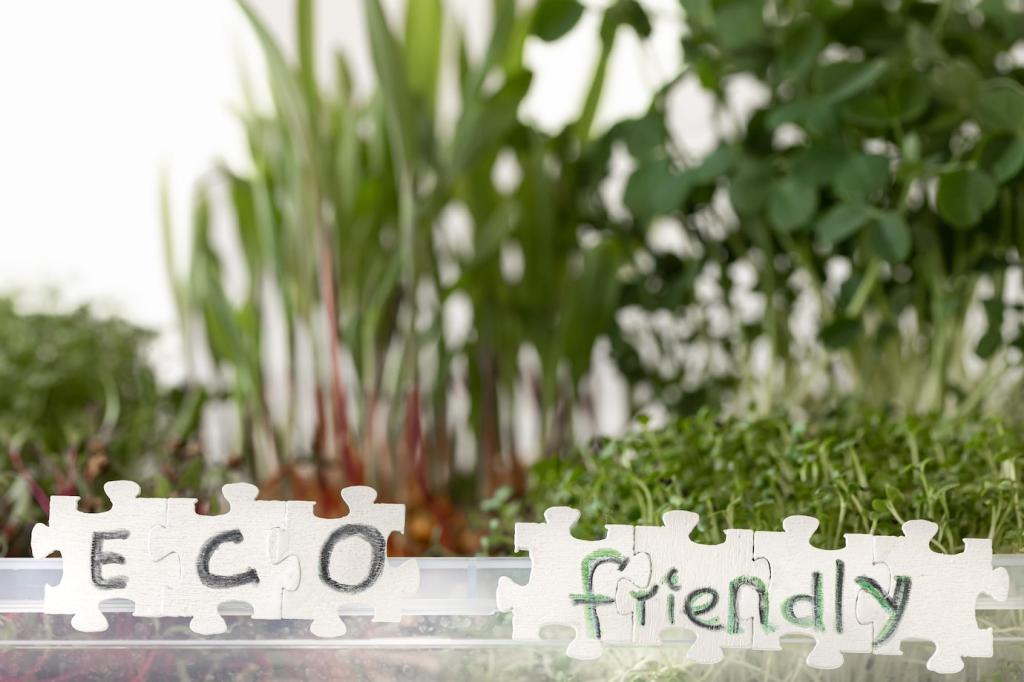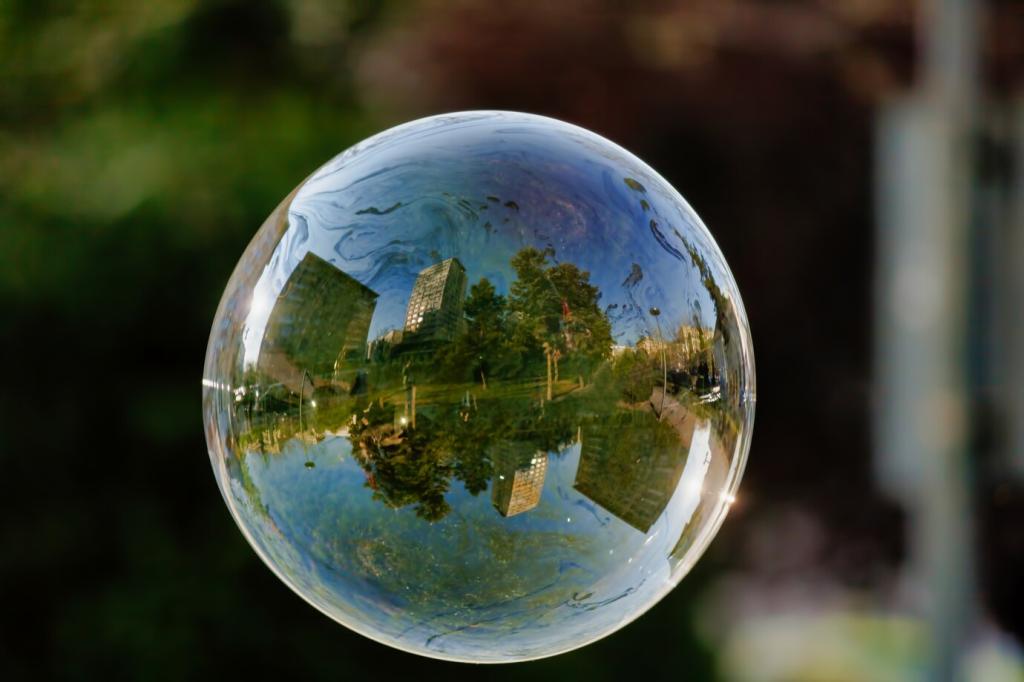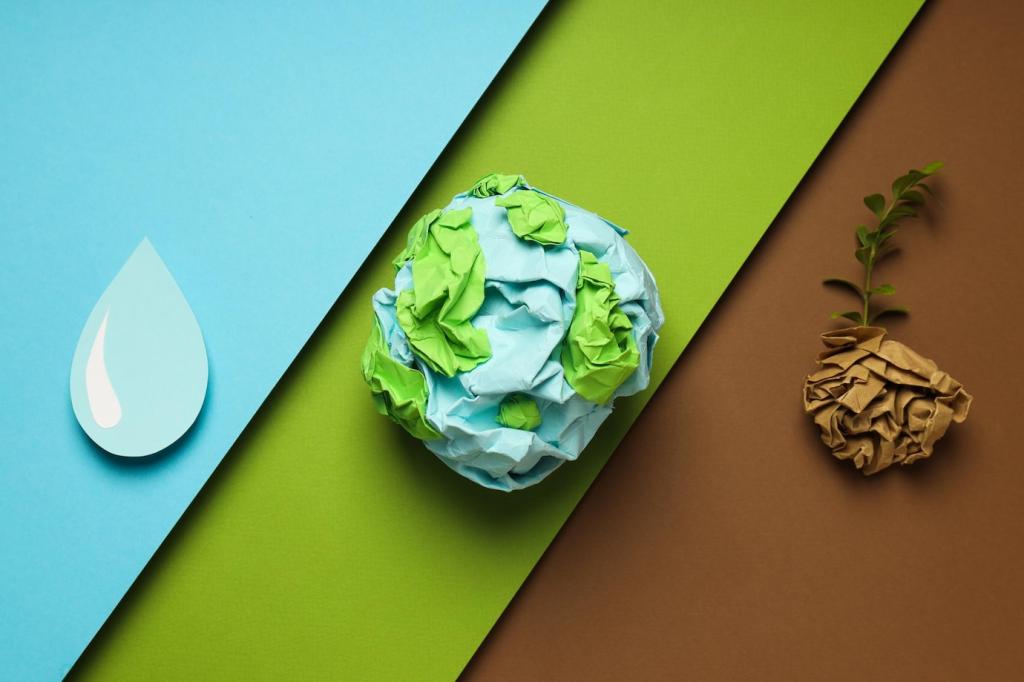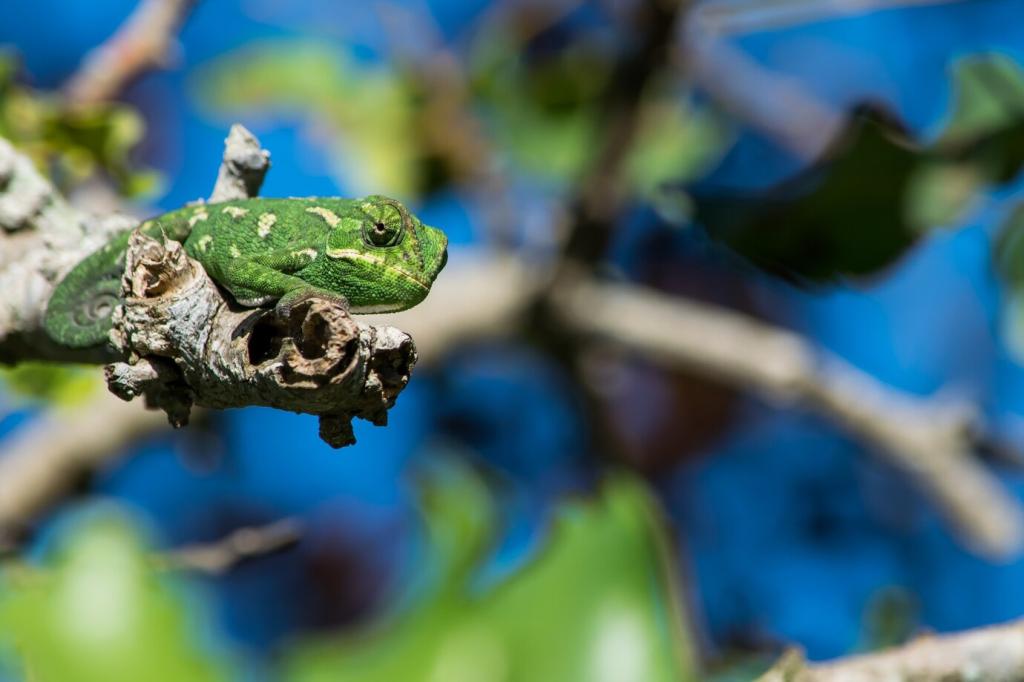
Protecting Marine Life from Toxic Cleaning Agents
Chosen theme: Protecting Marine Life from Toxic Cleaning Agents. Join a friendly, practical movement to keep oceans thriving by rethinking the cleaners under our sinks and the habits that send their residues downstream. Subscribe, share your wins, and help turn small daily choices into blue-planet change.
Storm Drains Are Sea Lanes
When we wash patios, cars, or tools outdoors, rinse water flows into storm drains that lead directly to creeks and the sea. After our first spring storm, our neighborhood creek foamed white—later traced to patio power-washing with bleach-based cleaners. Try a dry-clean method and tell us your favorite alternatives.
Limits of Wastewater Treatment
Treatment plants excel at removing solids and many nutrients, but some surfactants, fragrances, and quaternary ammonium compounds slip through. Heavy rain can trigger combined sewer overflows that bypass treatment entirely. Choosing readily biodegradable products reduces what survives the journey. Subscribe for our plain-language guide to understanding local sewer reports.
Persistence and Transport
Certain cleaning chemicals bind to sediments, hitch rides downstream, and accumulate in estuaries where wildlife feeds and breeds. Cold water and low sunlight slow breakdown, stretching exposure time. Selecting concentrated, low-toxicity formulas and using the smallest effective dose keeps less residue moving toward fragile nursery grounds. Share your dosing tips.
Science Snapshot: What Toxic Agents Do to Ocean Life
Surfactants break up grease—and membranes. Studies show elevated surfactant levels can damage fish gill cells, increasing mucus, reducing oxygen uptake, and weakening stress responses. A local angler told us about trout gasping after a small spill upstream. Keep suds minimal and rinse responsibly to lower peak exposures in sensitive streams.


Science Snapshot: What Toxic Agents Do to Ocean Life
Quaternary ammonium disinfectants can inhibit algae and invertebrate growth at low concentrations, shifting food webs. In sheltered marinas, lingering residues amplify effects because water turns over slowly. A harbor volunteer noticed clearer water but fewer grazing snails after heavy dock cleaning. Balance hygiene needs with targeted, least-toxic products used sparingly.
Ocean-Safe Choices: Smarter Cleaning without the Harm
Scan for signal words—Danger, Warning, Caution—and avoid unnecessary “antibacterial” claims. Seek credible marks such as EPA Safer Choice, EU Ecolabel, or Nordic Swan, and be wary of vague greenwash terms. Look for readily biodegradable surfactants and fragrance-free formulas. Comment with brands you trust so neighbors can build a verified list.
Ocean-Safe Choices: Smarter Cleaning without the Harm
Simple recipes shine: vinegar for glass, baking soda for scrubbing, diluted castile soap for general cleaning. Never mix vinegar with bleach, and always test on a small area first. Keep recipes labeled, child-safe, and right-sized. Subscribe to receive a printable, ocean-safe recipe card for kitchens, baths, and daily touch-ups.


Laundry, Microfibers, and Invisible Tides
Synthetic fabrics shed hundreds of thousands of microfibers per load, many small enough for plankton and shellfish to ingest. A local shellfish farmer described finding blue threads in oyster guts after festival season. Wash synthetics less often, choose tightly woven items, and tell us how many fibers your catcher bag collects.
Laundry, Microfibers, and Invisible Tides
Use high-efficiency, low-sudsing detergents and skip quats-based fabric softeners that can persist in waterways. Dose for water hardness, not habit, and consider fragrance-free formulas to avoid encapsulated microcapsules. Cooler cycles cut dye bleeding and energy use. Share your favorite low-tox routine and any skin or allergy benefits you noticed.

Never Down the Drain
Leftover solvents, strong acids, and chlorine products belong at household hazardous waste drop-offs, not sinks or gutters. Keep items in original containers with intact labels, and check your city’s schedule. Tell us your nearest drop-off location so we can crowdsource a map that helps neighbors do the right thing.

Small Spills, Quick Wins
For small indoor spills, ventilate, absorb with kitty litter or baking soda, and bag waste for proper disposal. Avoid rinsing residues outdoors, where they flow untreated. Keep pets and kids away until surfaces are cleaned. What’s in your spill kit? Share your essentials to help others prepare without panic.

Storage that Prevents Leaks
Store cleaners upright in secondary containment, away from heat and metal corrosion risks. Label clearly, tighten caps, and avoid buying more than you need. Separate acids and bleach to prevent dangerous reactions. Subscribe for our seasonal reminder checklist to audit shelves before leaks become creek-bound problems.
From Home to Harbor: Community Power and Policy
Advocate for ingredient transparency, restrictions on persistent toxins, and green purchasing rules for public buildings and marinas. Attend a council meeting or write a concise letter with neighbors. Sign up to get our policy starter kit, and tell us which proposals your community is ready to champion this season.
From Home to Harbor: Community Power and Policy
Track suds sightings, test creek conductivity after storms, and photo-log foam hotspots using simple protocols. Host a beach cleanup that includes soap-spot education for volunteers. Share your data, and we’ll amplify it in quarterly community briefs to motivate action and celebrate measurable wins for local marine life.


